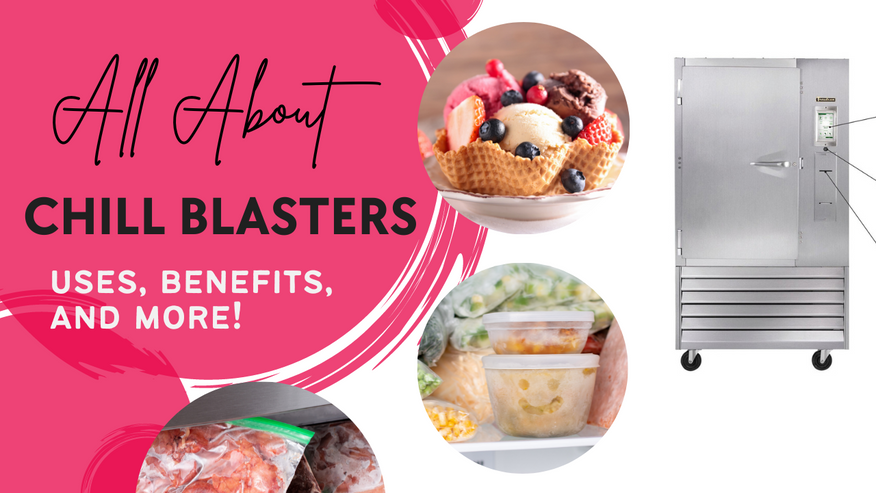Apr 17th 2023 - Team
What is a Blast Chiller? Benefits, Uses, and More!
A blast chiller is used to rapidly reduce the temperature of hot food. Blast chillers are often referred to as blast freezers or flash freezers. They often contain many shelves where food pans or sheet pans can be stored and cooled at extremely low temperatures.
The purpose of a Blast Chiller
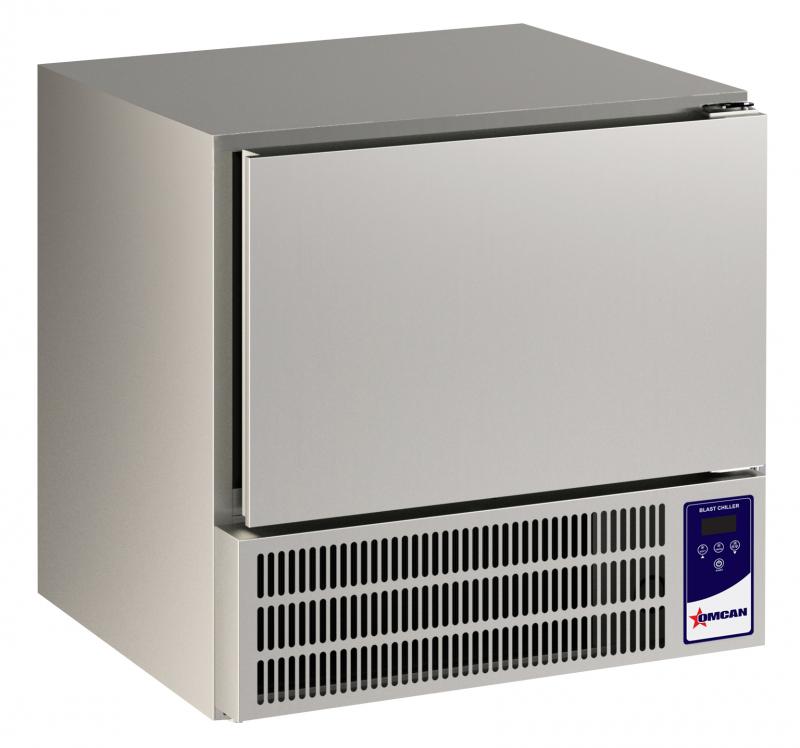
Commercial kitchens that prioritize food safety and freshness will often use a blast chiller. Blast chillers find widespread application in industrial and commercial kitchens. To reduce the cycle time period between placing an order and receiving the food, these chillers are built to accommodate numerous pans at once for bulk chilling.
Omcan USA 46672
Here are some other examples of how it is used:
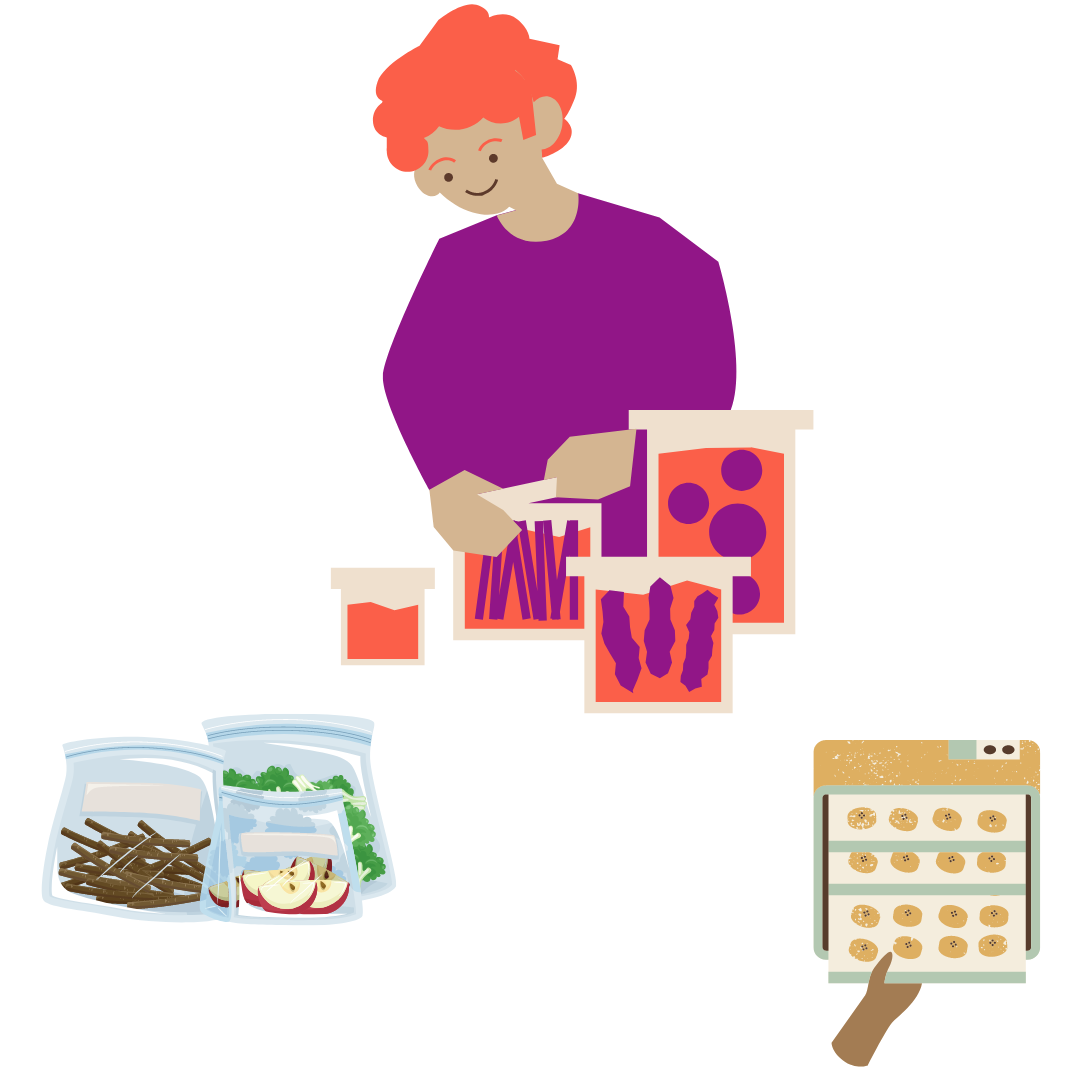
- Production of Ice cream and sorbet: To avoid melting, ice cream, and sorbet should be packaged as soon as they are finished being served. In order to make the fresh product easier to handle and transport, it is commonly placed in a blast freezer after being distributed into huge containers.
- For High-volume foodservice: Large quantities of food are frequently prepared in advance in institutional kitchens. Blast freezing allows for the rapid cooling, portioning, and storage of previously cooked food for later re-heating.
- To Preserve Fresh seafood: The texture and flavor of food are better preserved through flash freezing than over longer periods of refrigeration. This is especially true of raw seafood such as oysters on the half-shell, sushi, and sashimi.
- Preserve Blanched or steamed fruit and vegetables: Frozen vegetables and fruits that have been blanched or steamed retain their color, texture, and flavor quite well. It keeps well, so you can freeze it and defrost it out to cook whenever you like. For the purpose of preserving a large cargo of fruit for canning during the week, a blast chiller may be used, for instance, in establishments that create jams and jellies.
- Baking: With blast chilling, bakeries can make and store vast quantities of dough and baked items. Shortcrust and laminated dough, which both use a lot of butter, are very sensitive to heat and will quickly lose their texture if the fat begins to melt in a hot kitchen. Pastry dough can be kept cold during preparation by placing it in a blast chiller between each step of mixing, kneading, and folding.
- For Food Preparation: Eggrolls, breaded chicken tenders, and fresh spaghetti are just some of the many fresh foods that may be prepared in bulk, frozen, and used throughout the week or month. Daily thawing allows cooks to have ingredients ready to cook at a moment's notice.
- To preserve Stock, broth, soup, and stew: It takes longer to chill certain items than others, especially when dealing with big quantities of liquid. To prevent the spread of bacteria, this product can be divided up into several hotel pans and put in a blast chiller.
How Does it Work?
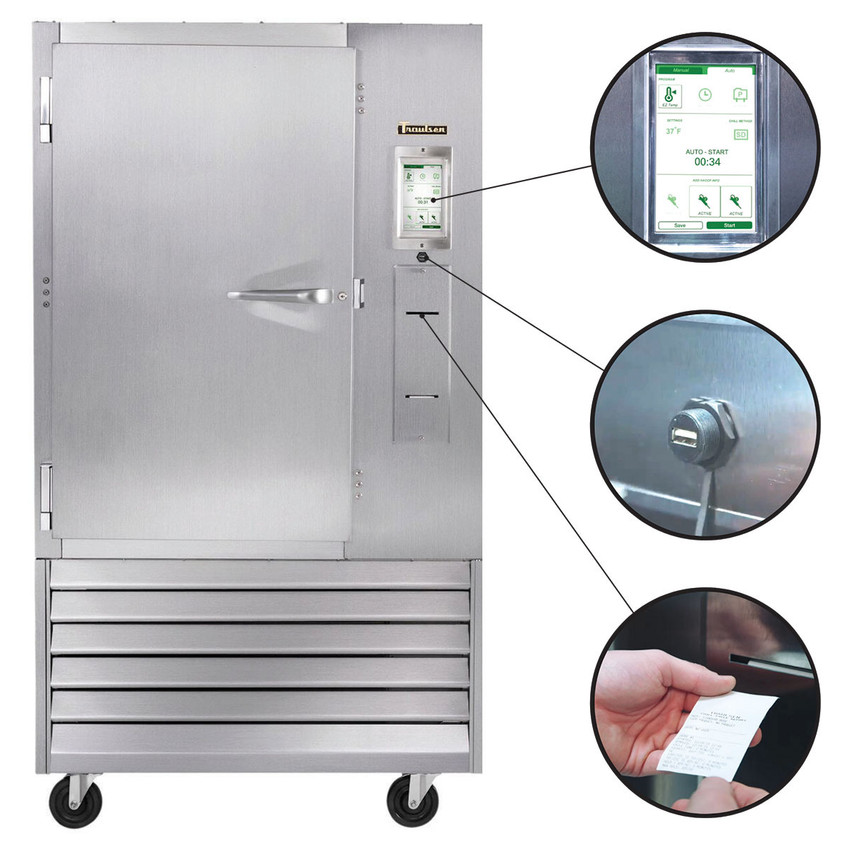
Blast chillers and freezers use a fan to circulate cold air over the food inside. Whether you need to store it at an ambient food temperature, chilled, or hot, these specialist freezers often offer a range of temperature options.
The formation of ice crystals on food is mitigated by the speed with which it is cooled. Large ice crystals dissolve during defrosting, releasing extra moisture that has a significant effect on the flavor and quality of your food.
Traulsen TBC13-51
How Cold Is a Blast Chiller?
Blast chiller temperatures might change depending on the manufacturer. Temperature settings and the current state of the food influence the blast chiller's temperature range.
How Fast Can a Chiller Chill Food?
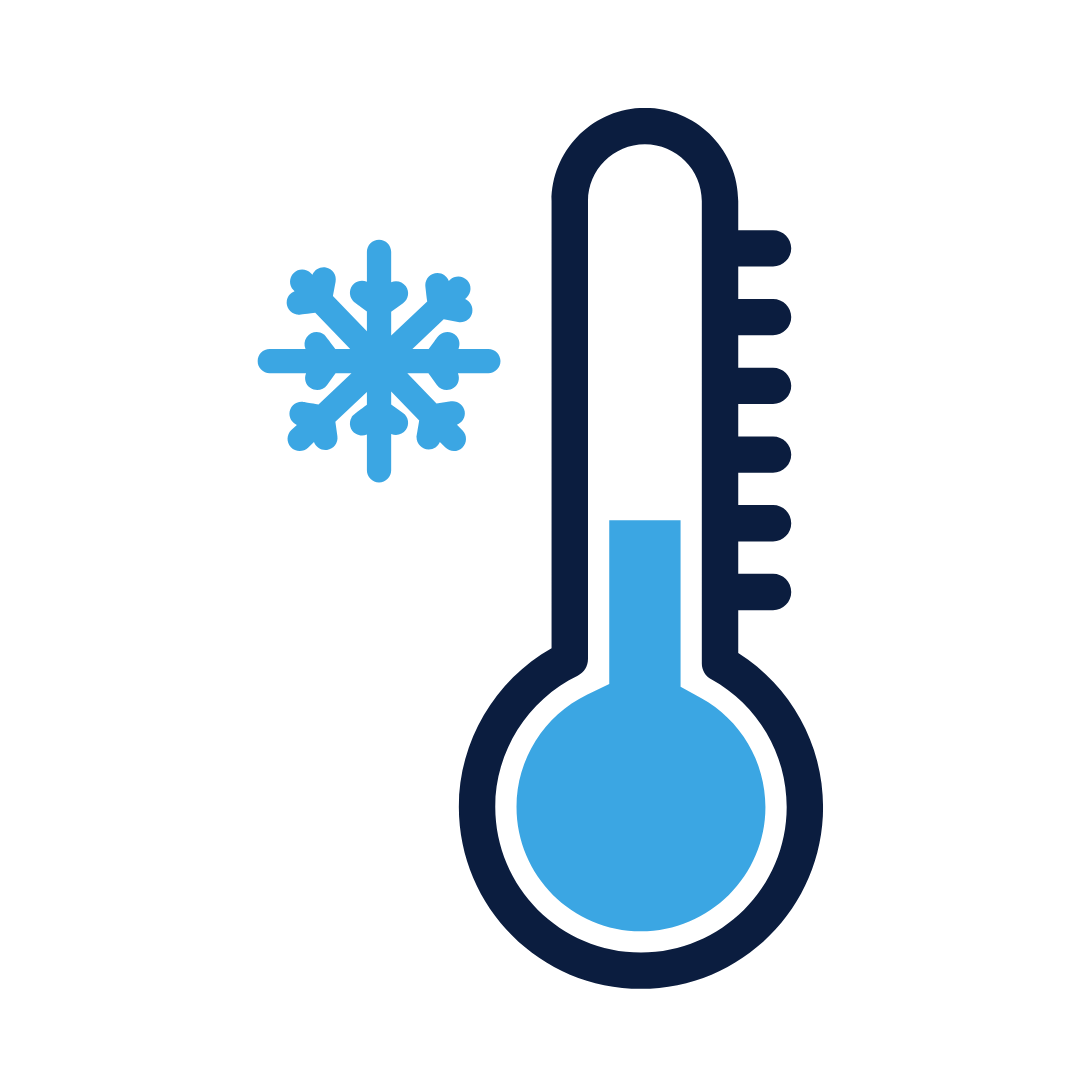
The purpose of a blast chiller is to rapidly cool food. Food items heated to 160 degrees can be cooled to 41 degrees or less in about 90 minutes. Whether you are freezing or just cooling your food, the temperature at which the blast chiller operates, and the food's starting temperature all play a role.
Why Use a Blast Chiller?
Blast chilling is a great way to preserve products in restaurants because of its many benefits. Some of the upsides of employing a blast chiller include the following:
Benefit to Food Safety
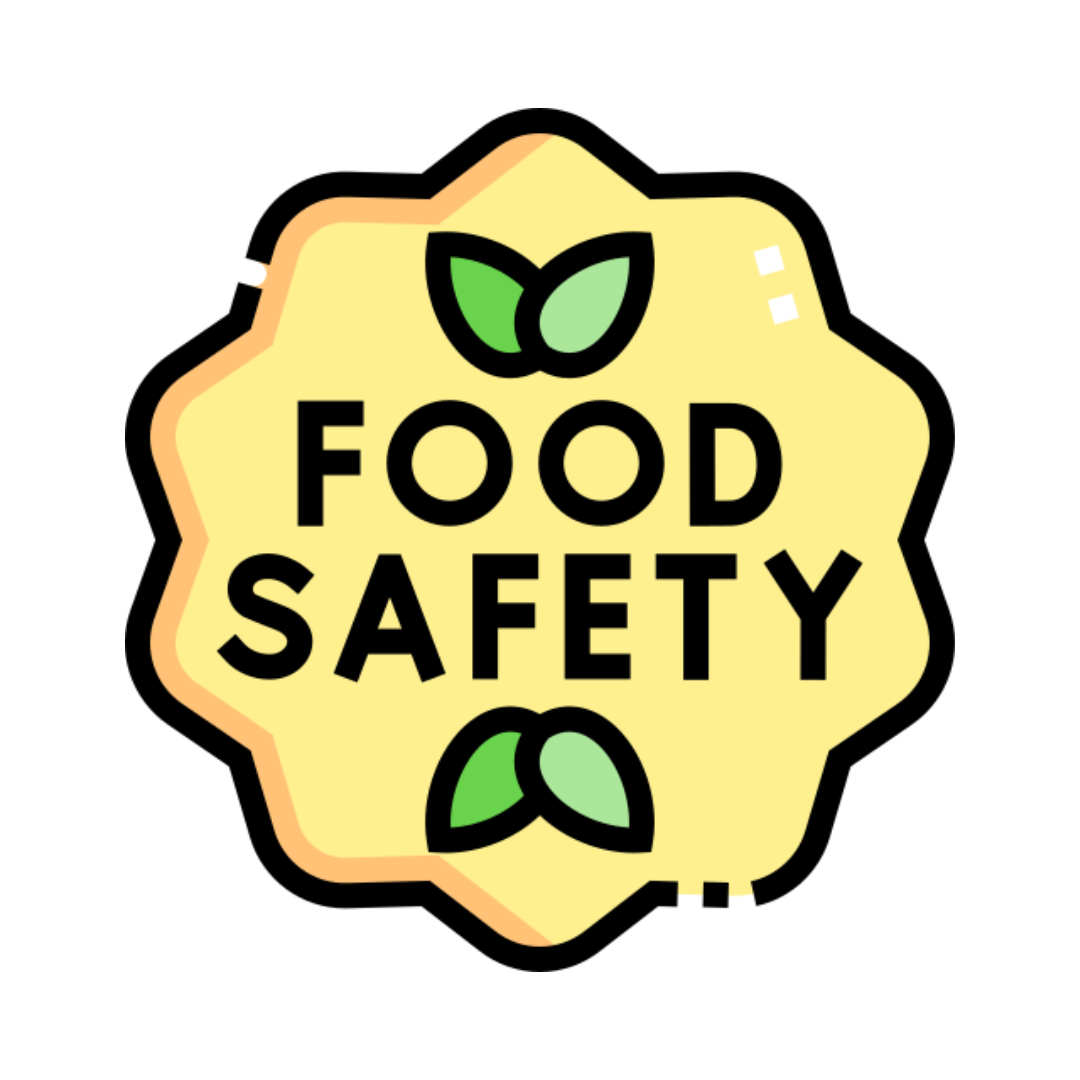
Blast chilling is used to keep perishable food safe throughout the cooking process. More effective methods of freezing food are needed since bacteria grow fastest in the aforementioned danger zone.
This is possible with the help of a blast chiller, which can bring down the temperature of food to safe temperatures in about an hour and a half. Once this is done, the food can be transferred to a different freezer until it is ready to be eaten.
Ensures Fresh ingredients
Your restaurant or grocery store can save money by purchasing the freshest produce possible and extending its peak quality and freshness with the help of a blast chiller. With the help of blast chillers, seasonal fruits, and vegetables can be preserved and enjoyed for the majority of the year.
Produces Less waste
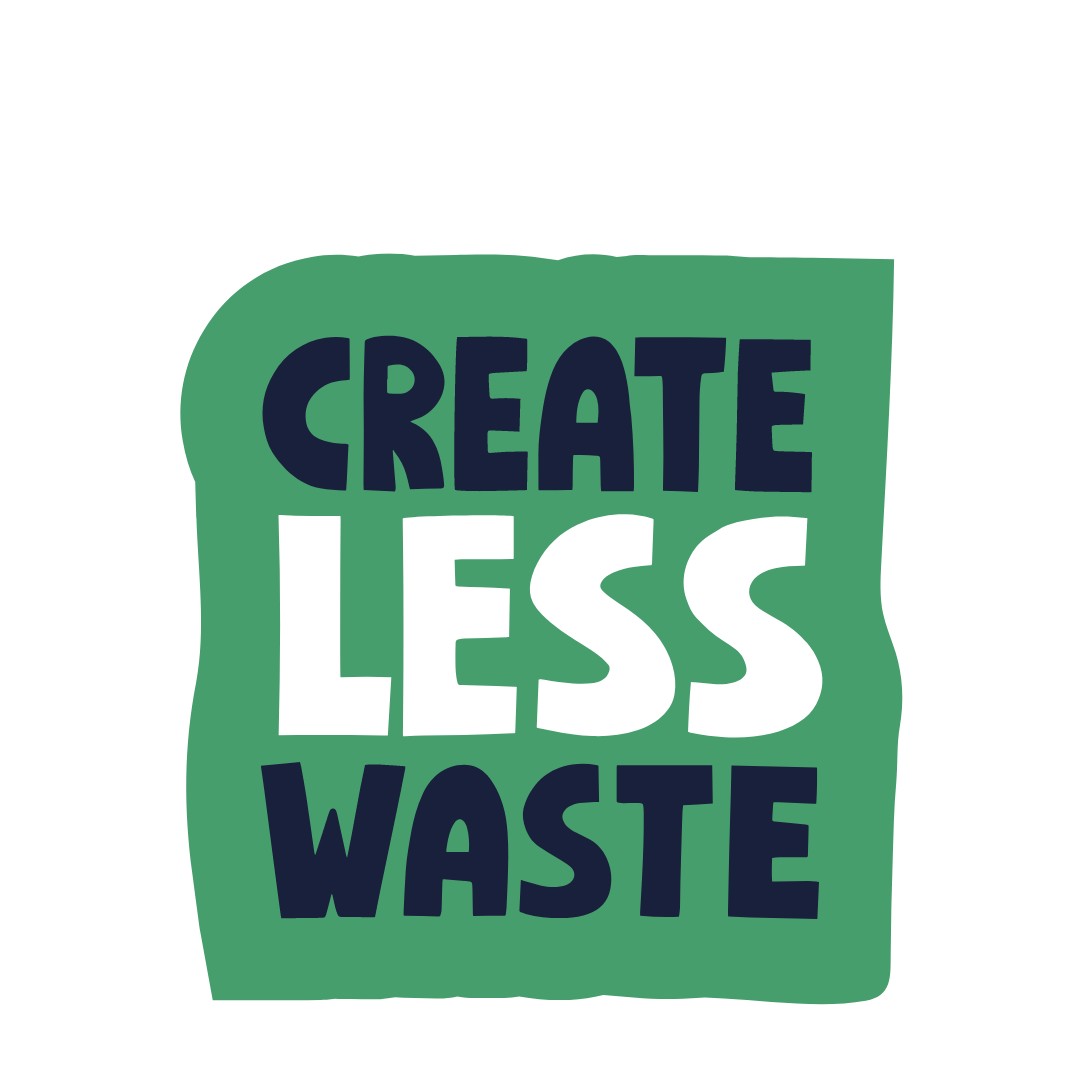
Around 17% of worldwide food production is lost every year due to food waste. Many restaurants and grocery stores now make it a point to actively reduce food wastage.
Methods of freezing can be used for this purpose. Using a blast chiller is an efficient way to preserve food without sacrificing its quality or length of storage life. It also lessens the urgency with which you must use fresh products lest they go bad.
Retains Nutrients from Food
Blast chilling's ability to aid in nutrient retention is another great perk. Using a blast chiller to rapidly freeze batches of food prevents rapid nutritional degradation. However, alterations to the food's taste, texture, and general quality would be possible during slower freezing operations.
A Versatile Equipment
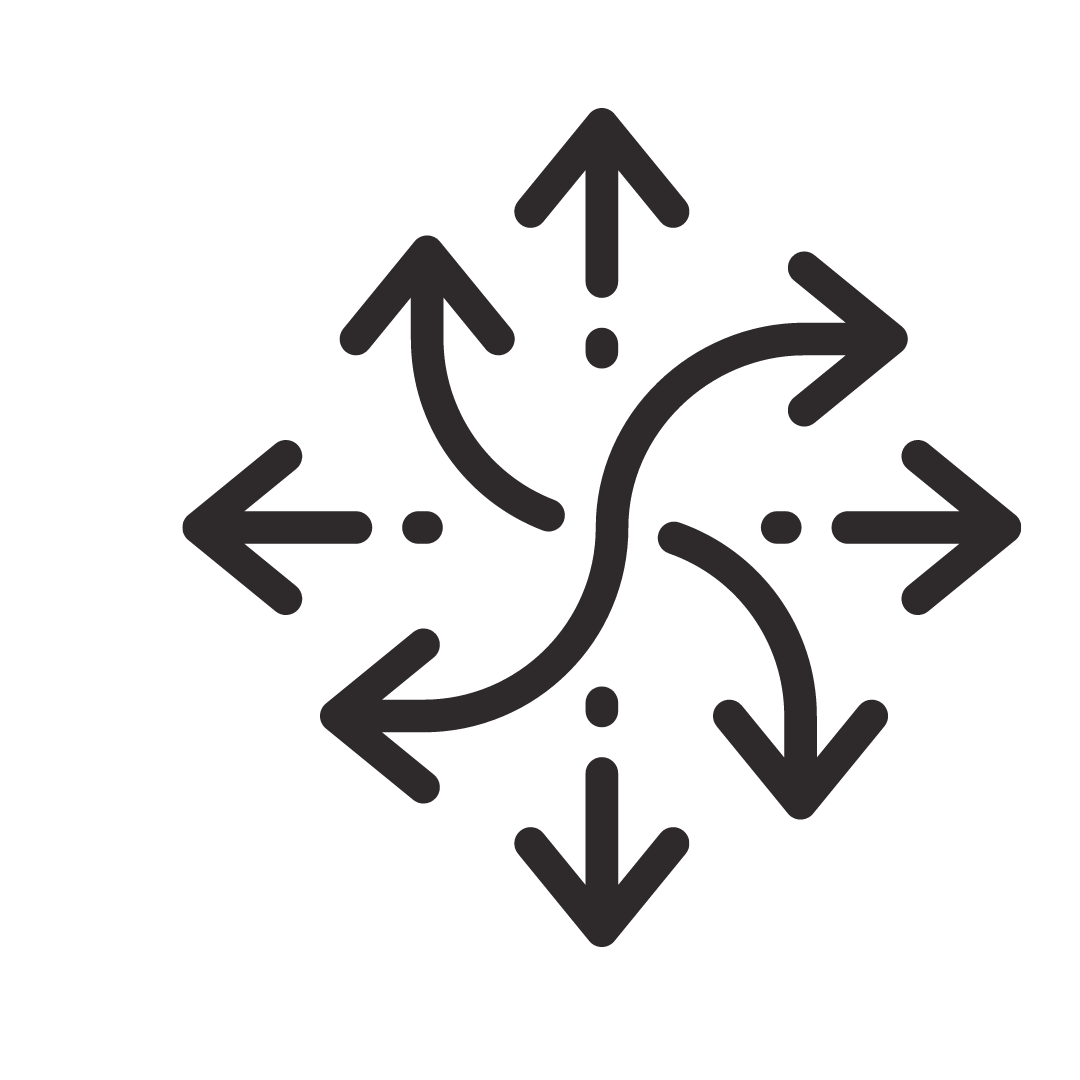
Blast chillers are extremely flexible, which is great for busy kitchens and restaurants. This is especially useful in restaurants and other business kitchens, but even busy homes can benefit from having a blast chiller.
The use of blast chillers can facilitate the cooking process in the house. You may save cooking time during the week by preparing meals in advance and putting them through a blast chiller.
Blast cooling can be used to halt the cooking process so that food can be finished and served at busy times. A blast chiller can be used to rapidly cool down newly baked items, eliminating the need to wait before decorating.
Staying out of the Danger Zone
Between 40 and 140 degrees Fahrenheit, bacterial growth is at its peak. Long-term exposure to temperatures in the "danger zone" increases the likelihood of foodborne illness. Blast chillers rapidly reduce temperatures, keeping food out of the danger zone and within food safety regulations.
Blast Chiller vs Freezer: The Difference
A blast chiller rapidly cools batch-cooked foods by blowing cold air over the product and progressively lowering the temperature in the chamber, whereas a freezer stores food at temperatures below freezing. The food should be transferred from the blast chiller to the freezer once it has reached the desired temperature. Although a blast chiller is not strictly required, it helps speed up your cooking process. You'll need a professional freezer to keep perishable items like frozen foods. They keep it safe from spoiling, but commercial freezing won't improve food quality. Having a blast chiller in your food service kitchen can help you freeze food rapidly and reduce spoilage.
In general, having access to a blast chiller or freezer will make your kitchen run more smoothly and will extend the life of your perishable goods. A blast chiller is a terrific investment for you and your kitchen staff if you frequently freeze food for later use or wait for food to cool.

